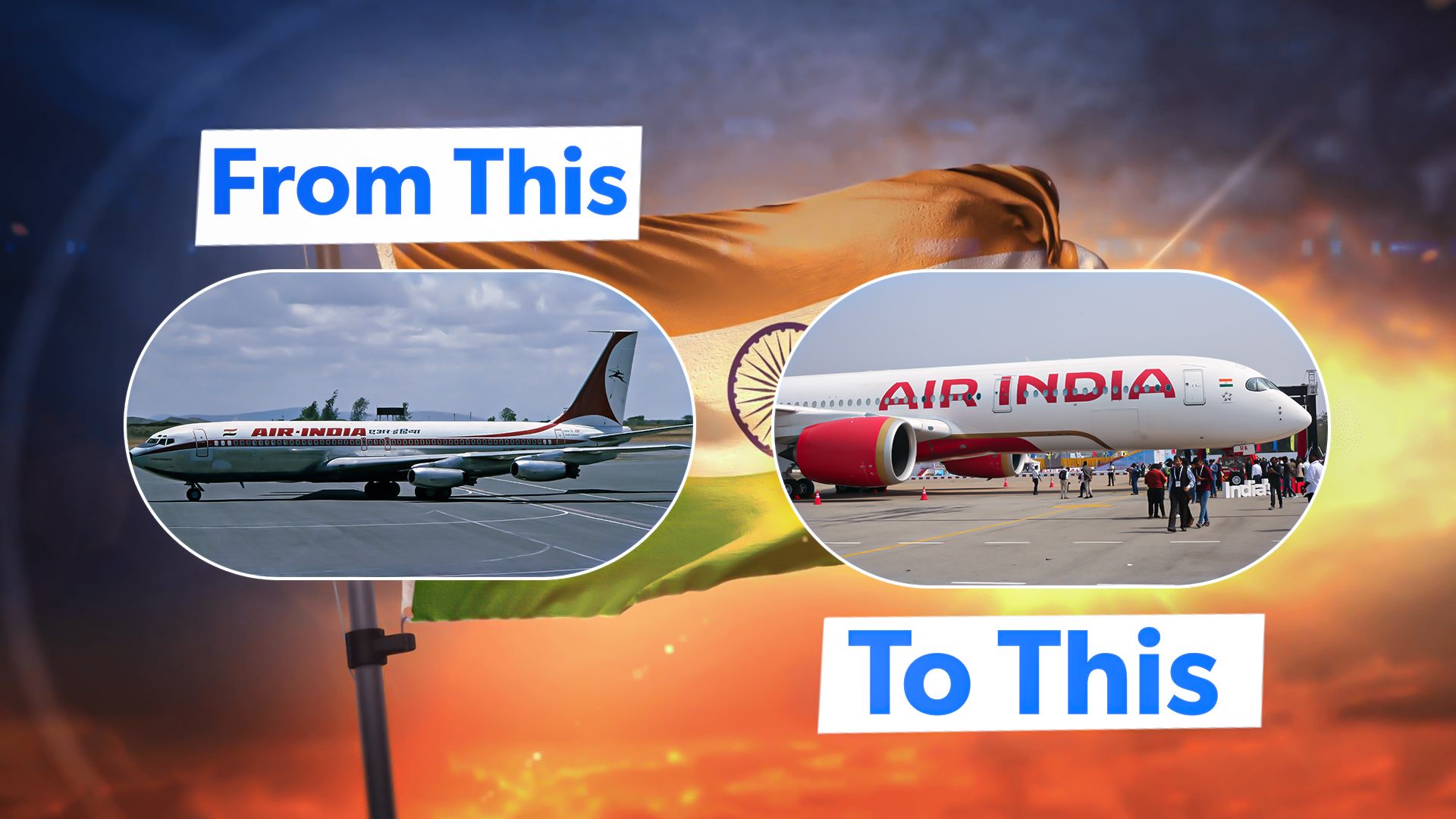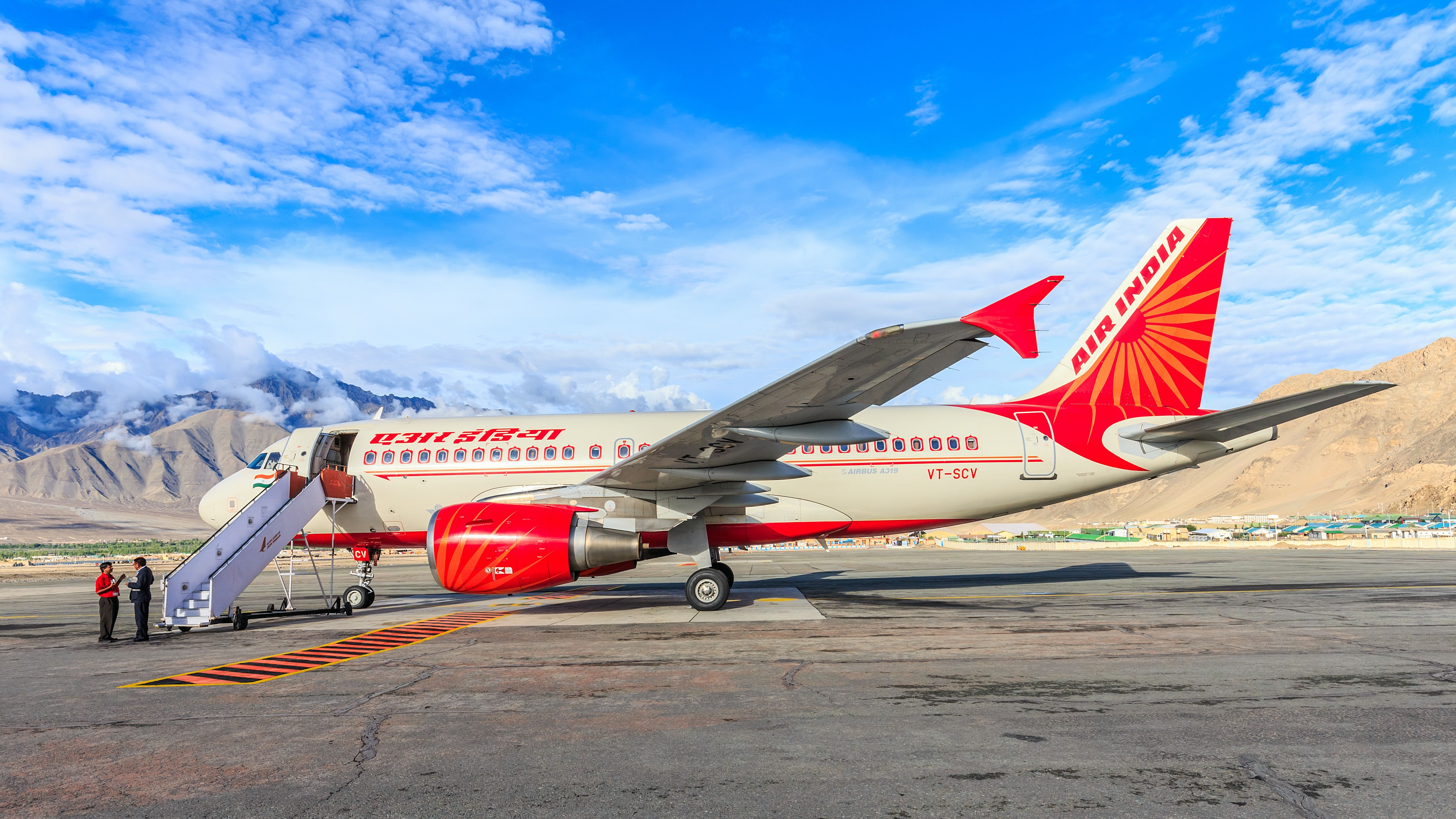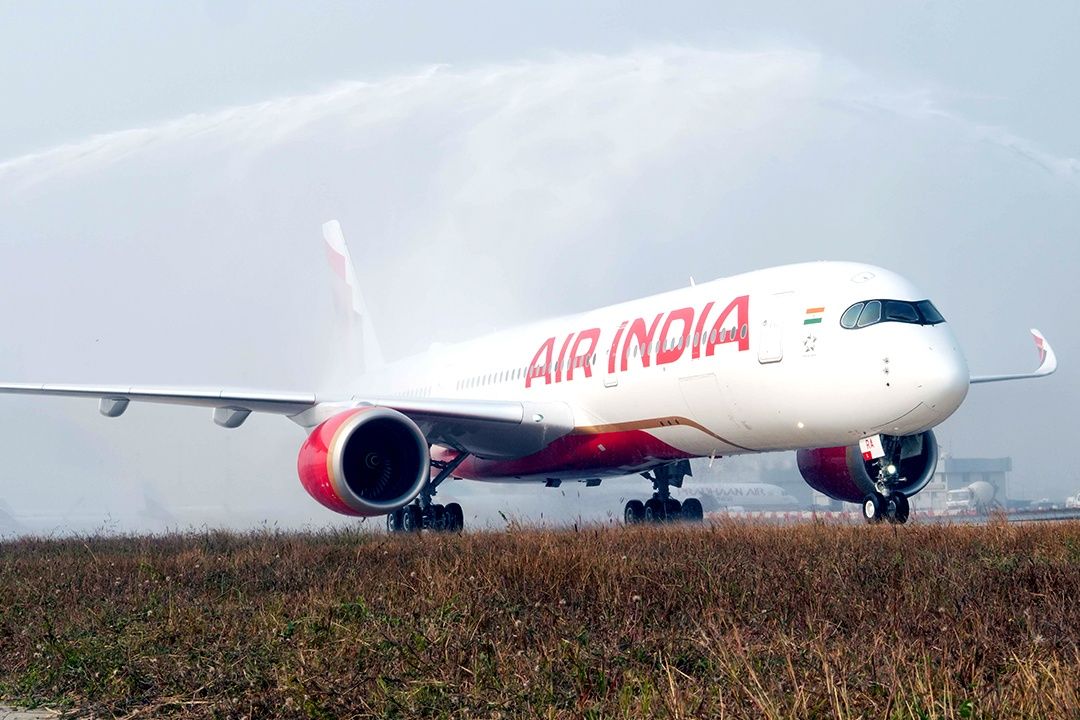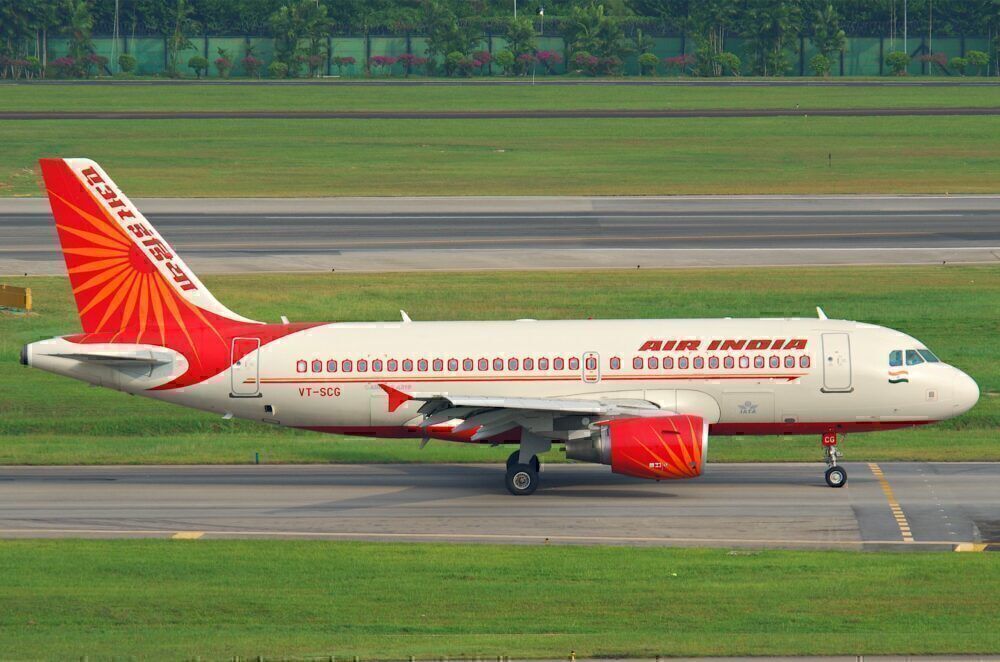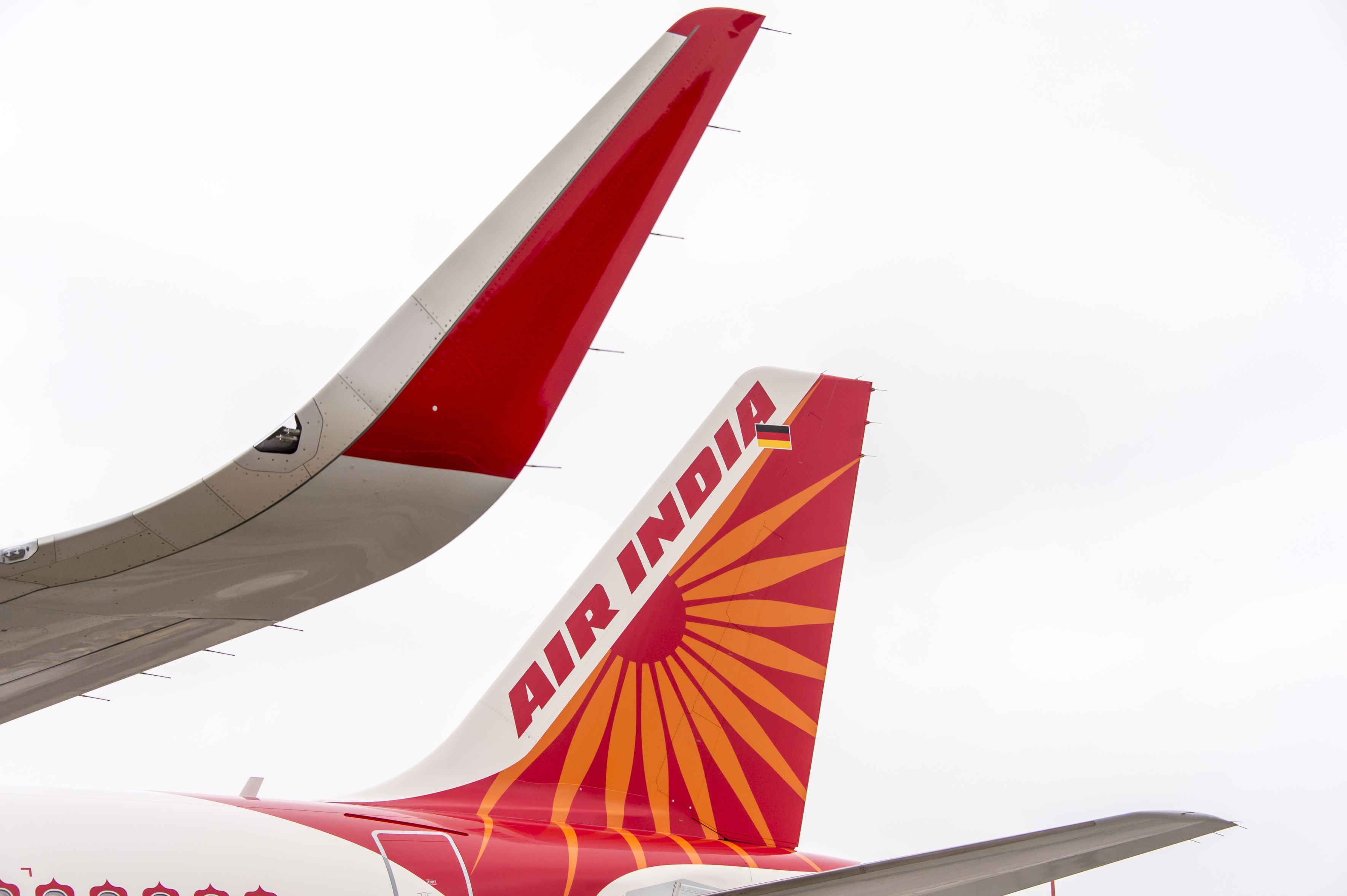Summary
- Rebranding in the aviation industry involves updating livery to create a fresh image and improve passenger perception.
- Air India’s livery has evolved over the years, from independence to the flying swan and the current golden window edge.
- The newest Air India livery is bold, vibrant, and deeply rooted in Indian hospitality, reflecting the country globally.
Rebranding is a significant aspect of any enterprise. In the aviation industry, rebranding involves updating and refreshing an airline’s brand identity. Carriers have been changing their livery occasionally, hoping to bring a new image to the industry and improve passenger perception.
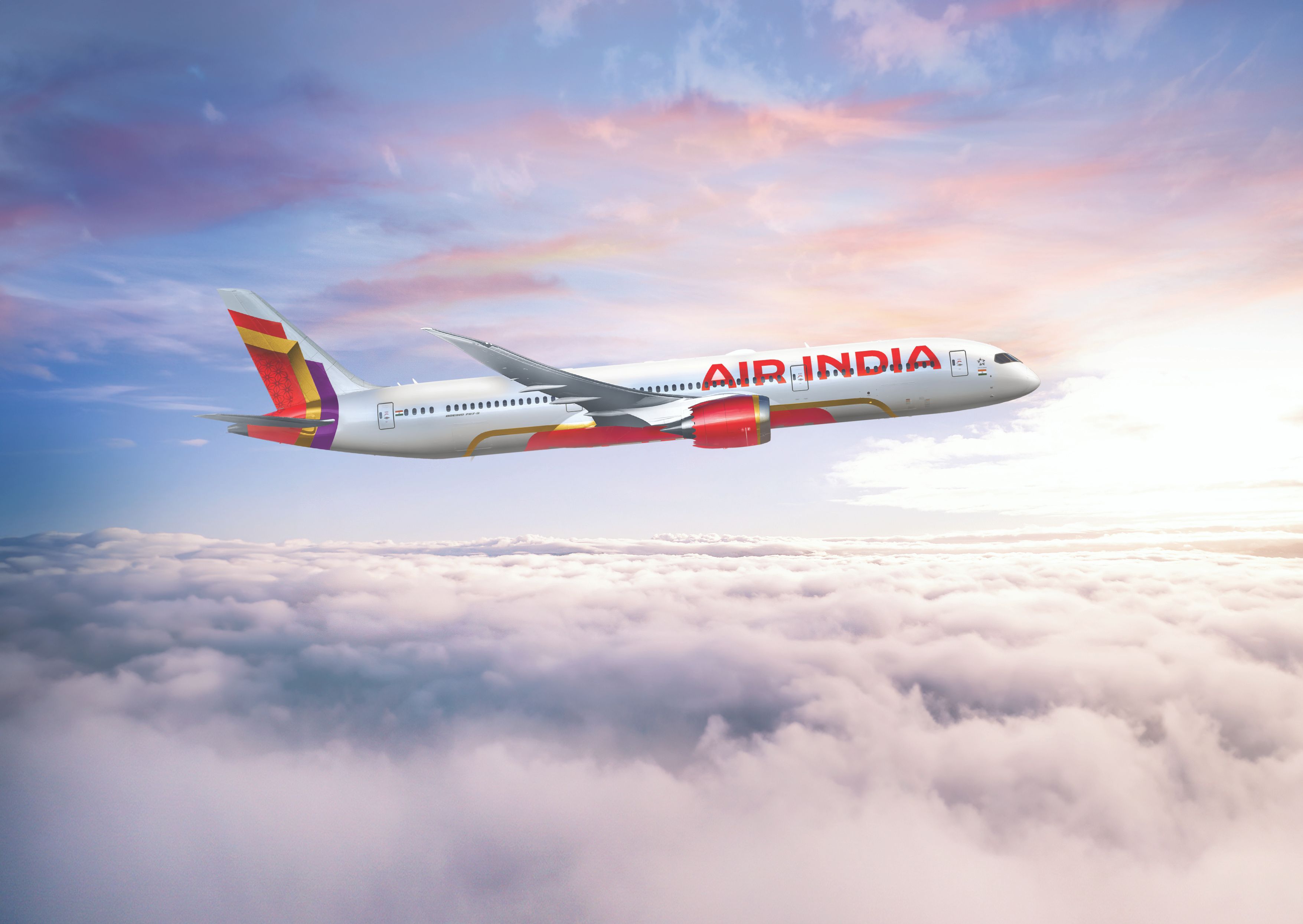
Related
Air India Unveils Its Stunning New Brand And Livery: What You Need To Know
The airline’s long-awaited rebrand is finally here, and it is a huge change.
Air India, the flag carrier airline of India, connects various domestic and international destinations, offering passenger and cargo services. Recently, it underwent a brand transformation, unveiling a fresh livery with vibrant colors and a modernized look. Departing from its iconic Maharaja logo and red-and-white colors, the airline now embraces an updated look. But how has it come so far? Let’s find out.
Photo: Tooykrub | Shutterstock
Air India’s Livery in the early days
The livery of flag carriers of nations often have imprints of the respective country’s flags. Some examples of these include:
- Nepal Airlines: Nepal’s flag carrier has a livery consisting of red, blue, and white—the same colors that make up the distinct triangular flag of this nation.
- American Airlines, the US flag carrier, has a livery with shades strikingly similar to that of the US flag.
Similarly, Air India’s livery also has had various shades of the colors of its flag. Let’s dive deeper into how its livery has changed.
Photo: Air India
From the 1930s to independence
Air India, originally known as Tata Airlines, began operations in the 1930s. Initially, Tata Airlines operated as an air mail service between Karachi and Bombay (now Mumbai) using single-engine de Havilland Puss Moth aircraft. The early livery featured a silver fuselage with the airline’s name painted black on the tail.
Post-independence era
After India gained independence, Tata Airlines, along with other Indian airlines, was nationalized in 1953. It was renamed Air India, becoming the country’s flagship international airline. The centaur logo was also introduced to Air India’s livery in 1948.
The “Flying Palace” livery
In 1971, Air India added new Boeing 747s to its fleet. Along with them came the introduction of a new ‘Flying Palace’ livery. Each of the aircraft’s windows featured Rajasthani arches. The slogan ‘Your Palace In The Sky’ was seamlessly represented in the livery of the aircraft.

Related
Deadly Attack: The Story Of Air India Flight 182
Sikh militants blew up Air India Flight 182 after the Indian Army stormed the Golden Temple in Amritsar.
And along came Rajan Jetley
In 1987, Rajan Jetley was chosen as the managing director of Air India. After the loss of a Boeing 747 to a terrorist attack in 1985, the airline was at an all-time low. Major unions were also strangling India’s flag carrier. Jetley changed all of that, and the introduction of a new livery was a mark of the transformation that the airline would undergo. According to yesterdayairlines.com:
“In October 1989 the $35 million rebrand was unveiled and saw the retirement of both the 1971 livery and the Maharaja. The new slogan was ‘the pace of the West and the grace of the East’. The new livery comprised a euro-white fuselage with a glittering golden sun with 24 spokes emblazoned on the tail against a deep red sash.”
However, not all Air India aircraft donned the colors that Jetley had introduced. Only the following aircraft were painted in the new livery:
- Five Boeing 747-200s,
- One Boeing 747-300
- Four Airbus A310s.
Air India’s 747-400s were delivered in 1993, but they continued to be painted in the old colors. Only after the turn of the millennium did the painting of these aircraft change.
Introducing the Flying Swan
On 22 May 2007, Air India introduced its new livery that consisted of a “Flying Swan” with the wheel of Konark placed inside it. Around the same time that a new livery was introduced, the Rajasthani arches along the windows of Air India also got smaller. Regarding the changes, the ministry of India’s civil authority authorities commented:
“The design components of the new logo and livery have been drawn after merging some of the current features of both Air India and Indian Airlines. The flying swan has been morphed from Air India’s characteristic logo, the ‘Centaur’ whereas the ‘Konark chakra’ is reminiscent of Indian’s logo.”
Photo: Airbus
The newest livery of Air India
When the newest livery of Air India, which consisted of deep red, aubergine, and gold shades, was revealed, Campbell Wilson, CEO & MD of Air India, noted:
“Our transformative new brand reflects an ambition to make Air India a world class airline serving guests from around the globe, and that represents a new India proudly on the global stage. The new Air India is bold, confident, and vibrant, but also warm and deeply rooted to its rich history and traditions that make Indian hospitality a global benchmark for standards in service.”
After this makeover, the livery of the Indian flag carrier’s aircraft currently has its name, Air India, in a new font along the side of the fuselage and on the belly. A Hindi translation of its name, which was a distinction it previously had, has been removed from the side and belly paint has been added.
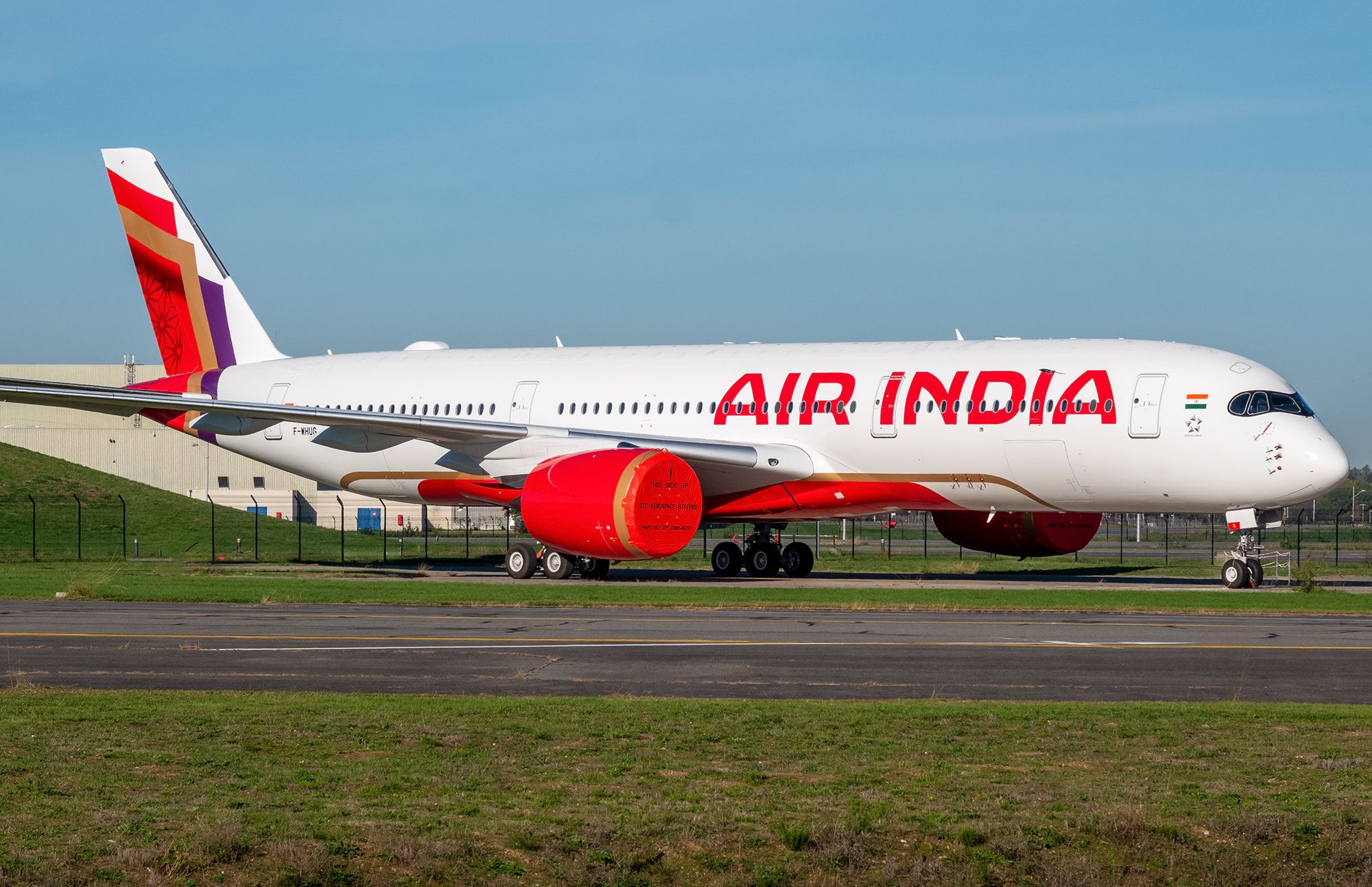
Related
Air India Unveils New IFE Content Library For Its Airbus A350 And Boeing 777-200LR Fleet
The airline’s new content library is a massive update to its previous offering.
However, the most eye-catching of the changes came in the tail section. Giving a nod to the airlines’ history and another carrier in India, Vistara, the new livery comprises a mixture of the following colors:
- Golden window edge
- Iconic red, some
- Purple
- Gold accents on the belly
Alongside the changes to the livery, the cabin crew uniform also changed. With an acquisition of nearly 500 aircraft, Air India is looking to transform the nation’s aviation, and the changes in its livery are a testament to that.

